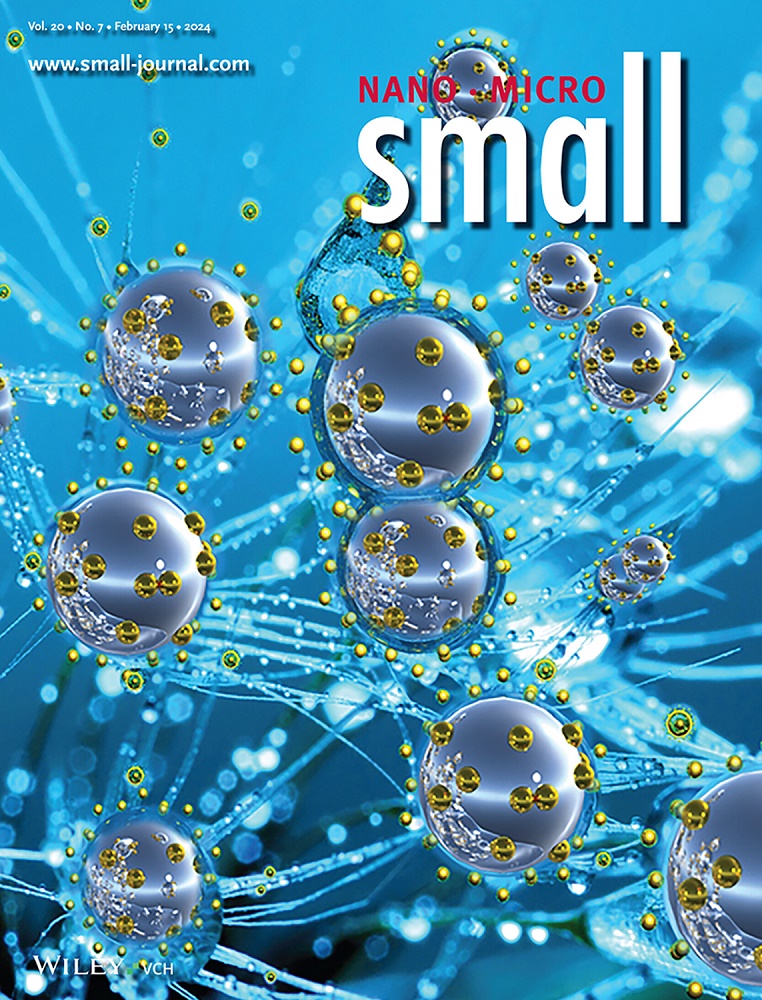Synergistically Engineered All Van der Waals GaS–WSe2 Photodiodes: Approaching Near-Unity Polychromatic Linearity for Multifunctional Optoelectronics
IF 13
2区 材料科学
Q1 CHEMISTRY, MULTIDISCIPLINARY
引用次数: 0
Abstract
Van der Waals (vdW) heterojunctions represent a significant frontier in post-Moore era optoelectronics, especially in optimizing photosensor performance through multivariate approaches. Here synergistic engineering of GaS–WSe2 all-vdW photodiodes is investigated, which exhibit broadband detection (275–1064 nm), multispectral unity approaching linearity, alongside a substantial linear dynamic range (LDR) of 106.78 dB. Additionally, the photodiodes achieve a remarkable on/off ratio of 105 and rapid response edges of 545/471 µs under a 405 nm pulsed source, exhibiting ultralow light detection capabilities (dark currents ∼fA), culminating in a peak responsivity of 376.78 mA W−1 and a detectivity of 4.12 × 10¹¹ Jones under 450 nm illumination, complemented by an external quantum efficiency (EQE) of 30% and a fill factor of ≈0.33. Based on the analysis of multiple all-vdW devices, the importance of Fermi-level pinning free metal–2D interface engineering that enables effective modulation of the Schottky barrier height via vdW metal contacts is highlighted and meticulous thickness-engineered layers in developing a robust depletion region within the type-II GaS–WSe2 heterojunction are employed, ultimately achieving a favorable balance among photocarrier generation recombination, separation, transport, and extraction. This comprehensive investigation sets the stage for future developments in critically engineered next-generation vdW optoelectronic devices.

求助全文
约1分钟内获得全文
求助全文
来源期刊

Small
工程技术-材料科学:综合
CiteScore
17.70
自引率
3.80%
发文量
1830
审稿时长
2.1 months
期刊介绍:
Small serves as an exceptional platform for both experimental and theoretical studies in fundamental and applied interdisciplinary research at the nano- and microscale. The journal offers a compelling mix of peer-reviewed Research Articles, Reviews, Perspectives, and Comments.
With a remarkable 2022 Journal Impact Factor of 13.3 (Journal Citation Reports from Clarivate Analytics, 2023), Small remains among the top multidisciplinary journals, covering a wide range of topics at the interface of materials science, chemistry, physics, engineering, medicine, and biology.
Small's readership includes biochemists, biologists, biomedical scientists, chemists, engineers, information technologists, materials scientists, physicists, and theoreticians alike.
 求助内容:
求助内容: 应助结果提醒方式:
应助结果提醒方式:


